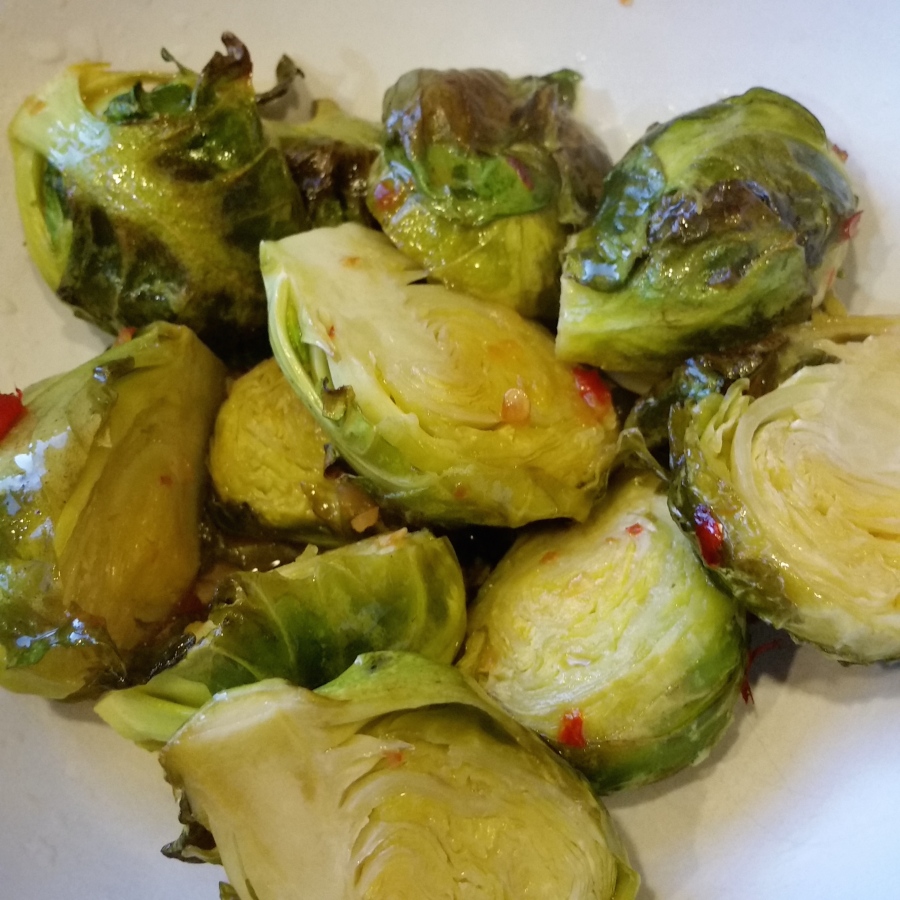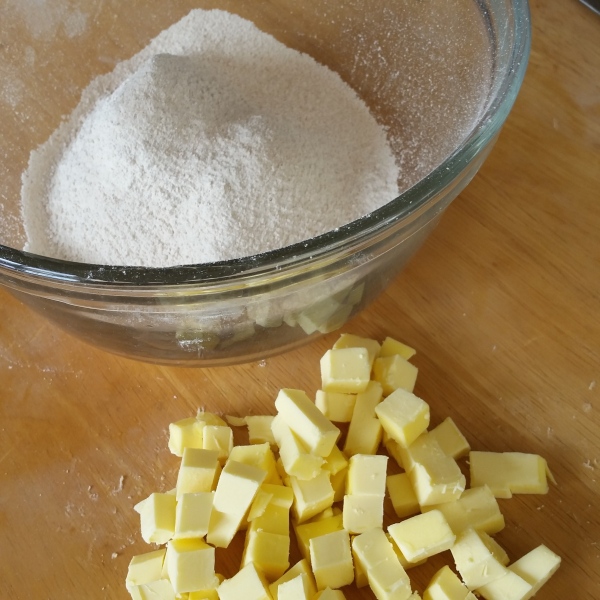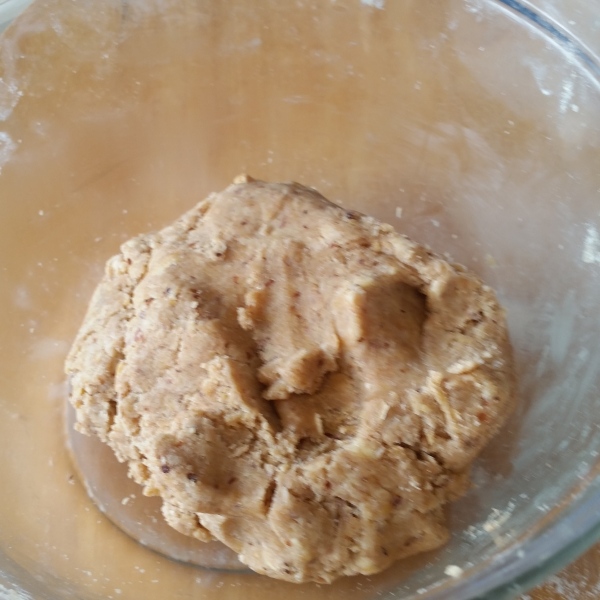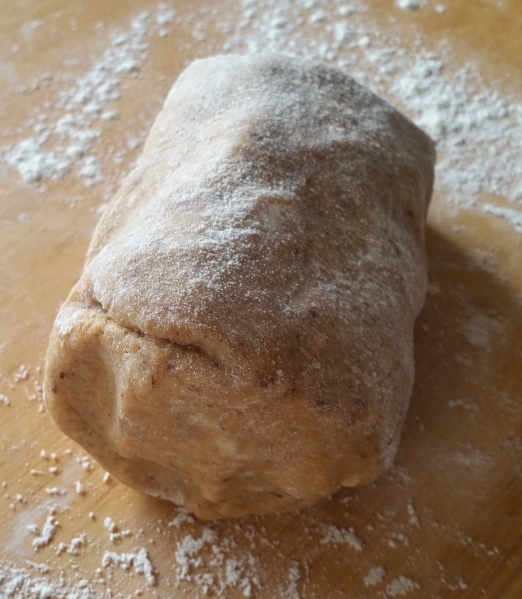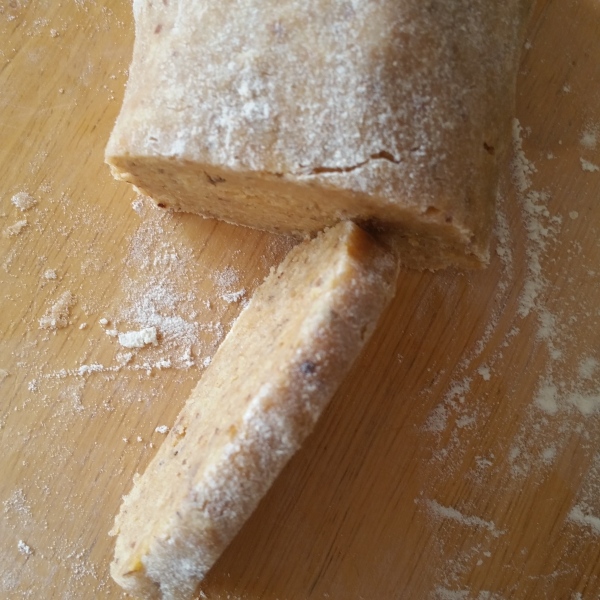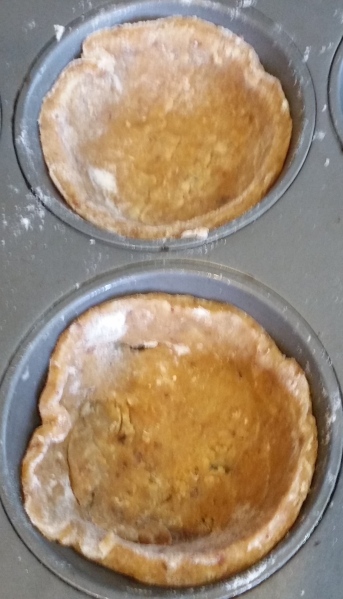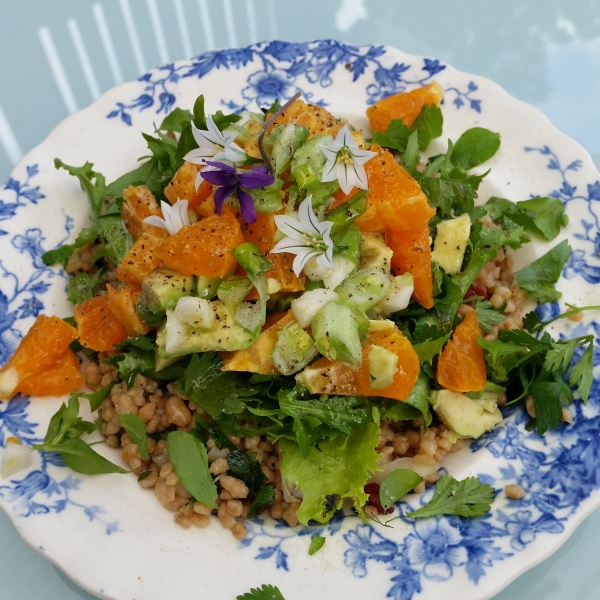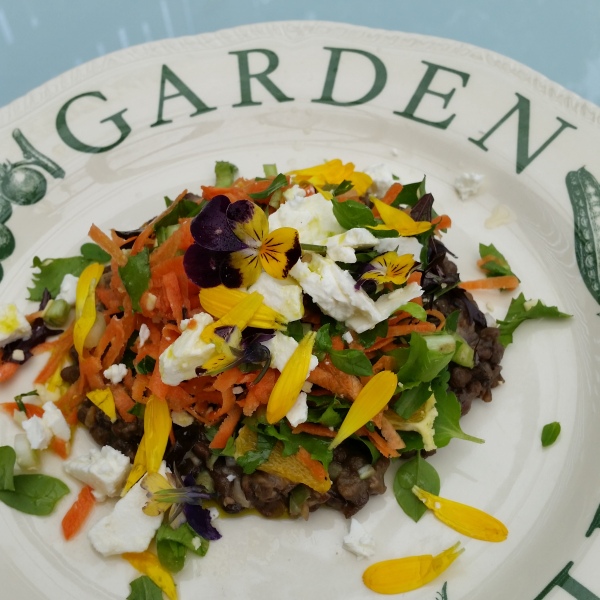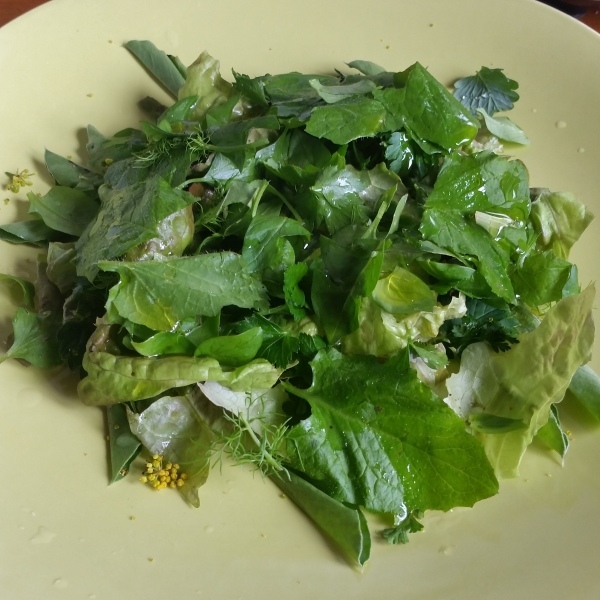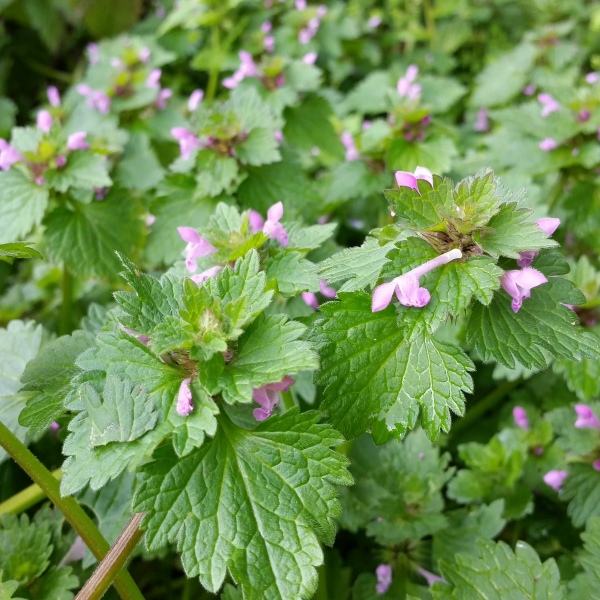“Spring’s here” announced the plum trees, the borage and the daffodils.
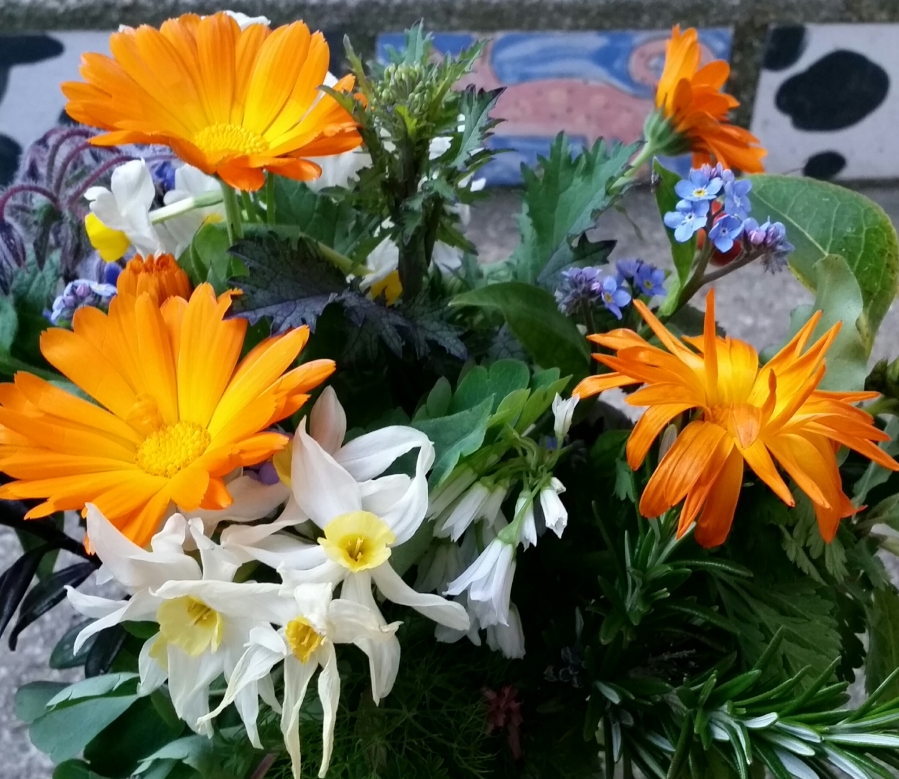
“Not so fast” screamed the Southerly on the Dunedin Railway platform of the Otago Farmers Market last Saturday. I’ve found a particularly good recipe for roasted Brussels sprouts. This southern market should have plenty of sprout photo opportunities as Otago (especially North Otago) is renowned for the large sweet Brussels sprouts it produces.
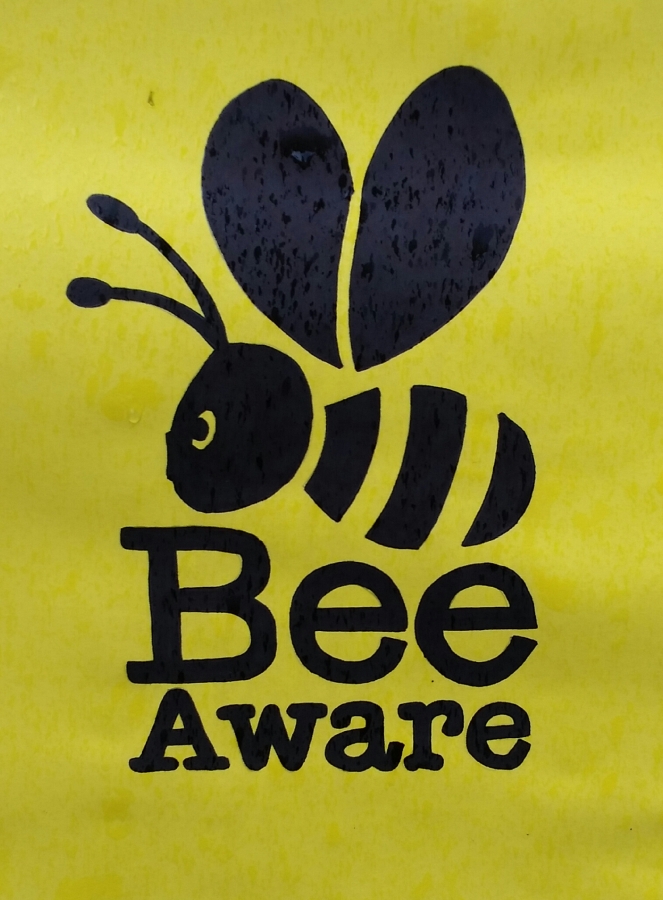
The Otago Farmers Market stall holders all joined in the spirit of National Bee Awareness Month by wearing a variety of bee headwear and costumes.

New boutique beer brewers Paul and Karen from Steamer Basin Brewing went a step further by creating a Honey Bee beer for the occasion. I caught up with my husband Peter who said, “This platform must be the coldest place in the South Island”… but he did manage to stay for a taste of the beer and to chat with Paul and Karen who confirmed it was 1° Celsius.
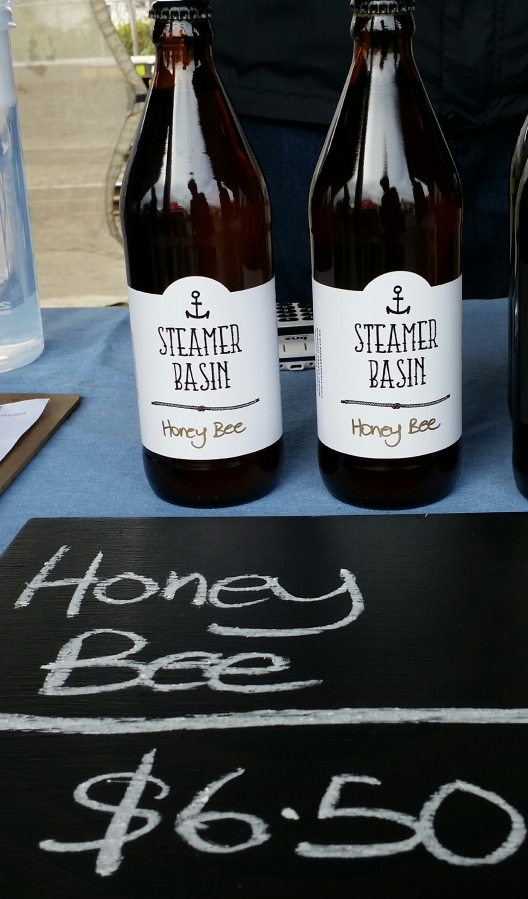
Brussels sprouts Brassica oleraceae, variety gemmifera are only grown commercially in two regions of New Zealand.
The first is Ohakune, in the Central North Island with it’s cool mountain climate. Ohakune sprouts tend to be the smaller hybrid variety with compact heads and are available early in the season. They have a higher mustard oil content than the larger, looser leaved, and sweeter sprouts produced in the South Island around Oamaru in North Otago.
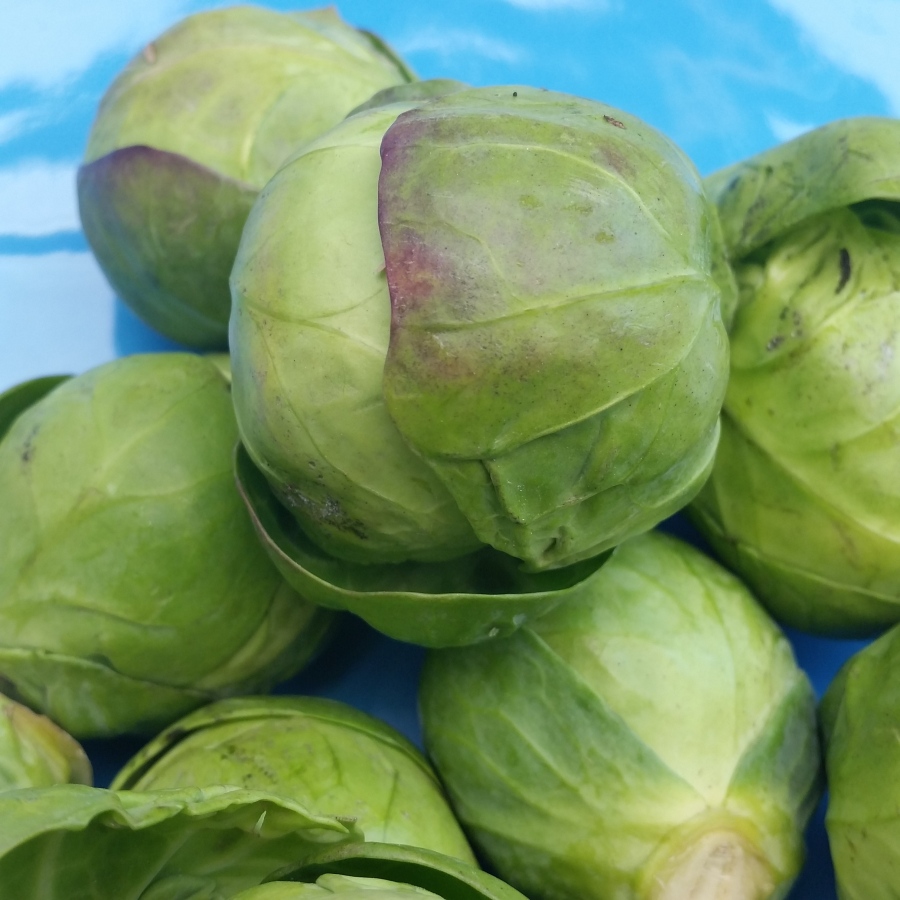
Brussels sprouts are a curious looking plant with mini cabbages growing up long tough stalks. Just like broad beans, the formed sprouts are picked from the bottom of the stems up, leaving the plant to continue growing. Brussels sprouts will not grow good “sprouts” in warm areas – they remain open and floppy and most likely will be infested with aphids.
Spicy Roasted Brussels Sprouts
This simple recipe makes the sometimes “dreaded” Brussels Sprouts moreish with the addition of honey, chilli sauce ( a mild sweet chilli sauce if encouraging children to eat them) and rice wine vinegar.
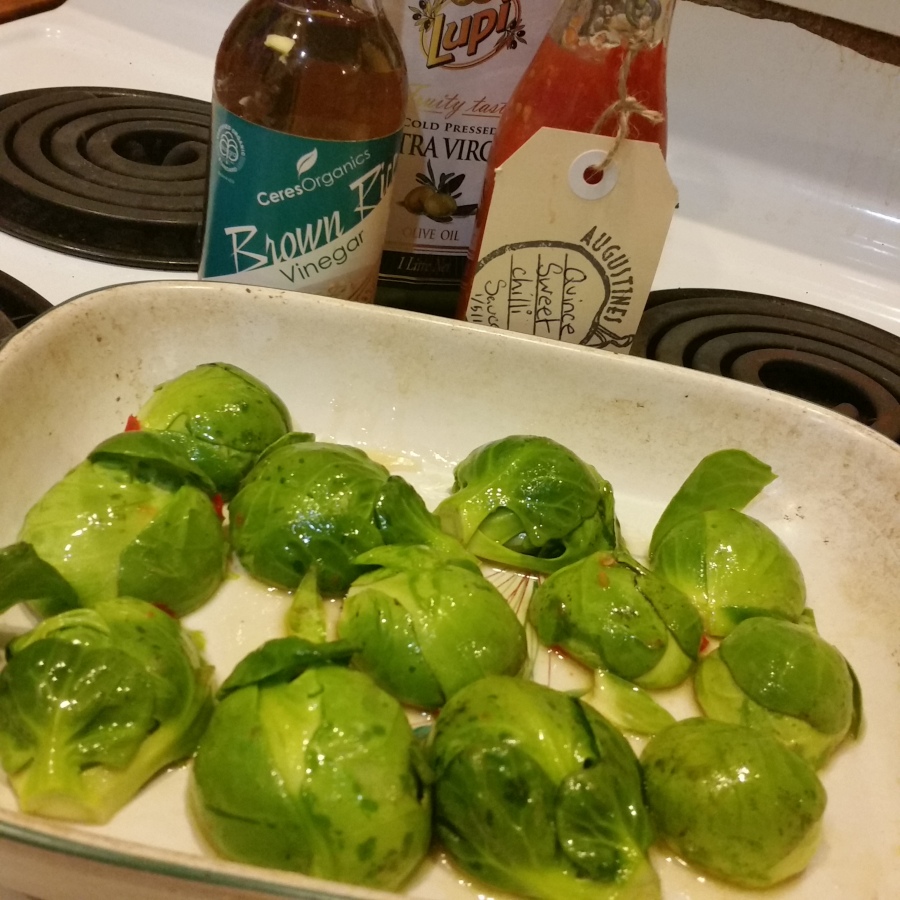
Consider doing what I do. make more than what is needed for one meal, as they are delicious the next day when part of a salad, like a warm lentil salad.
This recipe uses approx 750 g of sprouts and preheat the oven to 180°C.
750g Brussels sprouts, ½ cup olive oil (or a mix of olive and rice bran oil), ¼ cup of brown rice vinegar (you can replace this with apple cider vinegar), 1 tbsp of honey, 2 tsp of chilli sauce (or to taste).
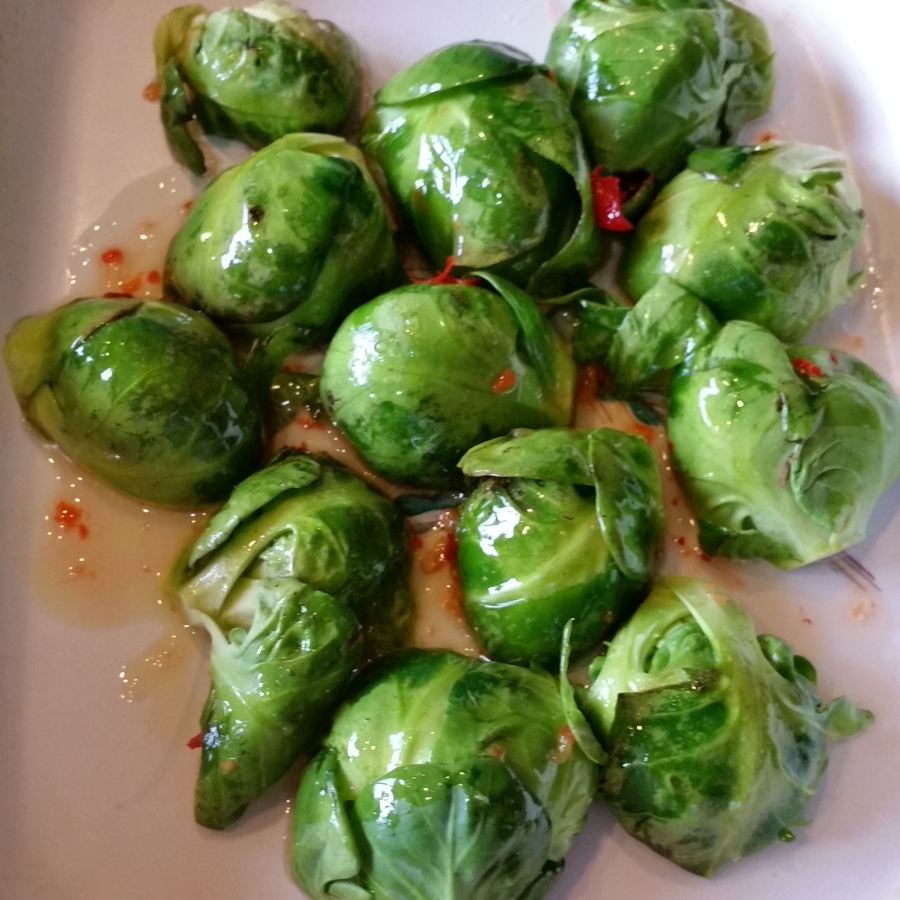
Mix the marinade in a bowl, add the sprouts that have been cut in half and mix to cover the sprouts with the marinade. Lay the sprouts cut side down onto a large oven dish – big enough for every sprout to fit cut side down.
Tip any remaining marinade over the top of the sprouts and cook for around 20 minutes until the tops begin to crunch (even slightly char if you like that) and the underside has begun to caramelize.
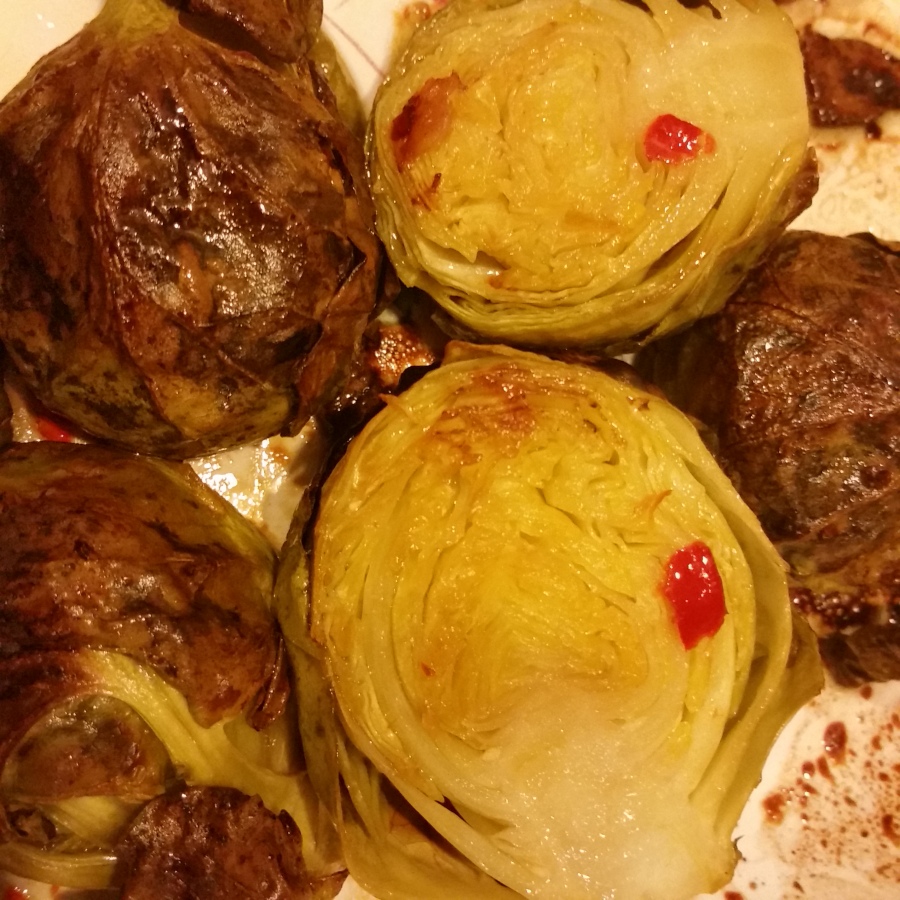

One stop I like to make at the market is Origin Meats. With Stuart I get to talk to the farmer and he’s passionate about the product he produces and sells here every Saturday morning. He told me that by talking to his customers he’s gained a better understanding of what they are looking for and is now making decisions on cattle breeds based on feedback.

Green Lentil, Brussels Sprouts and Walnut Warm Salad
French green Puy lentils are the main ingredient for this ideal winter come spring salad and if you have leftover sprouts make sure you slightly warm them or at least have them at room temperature. You can slice up the sprouts or keep them in halves. Make a robust dressing with lemon juice, oil, mustard and a touch of honey to flavour the lentils. I like to add a little crushed preserved lemon to salt the lentils after they are cooked. Alternatively keep aside a little of the marinade to put through the lentils as a dressing. I also like to add some colour like roast carrots or preserved red pepper. Walnuts are in season now and add a delicious crunch. If you have time baking the nuts for a few minutes in the oven with a little oil and a sprinkling of ground cumin will really add to the salad’s flavour.
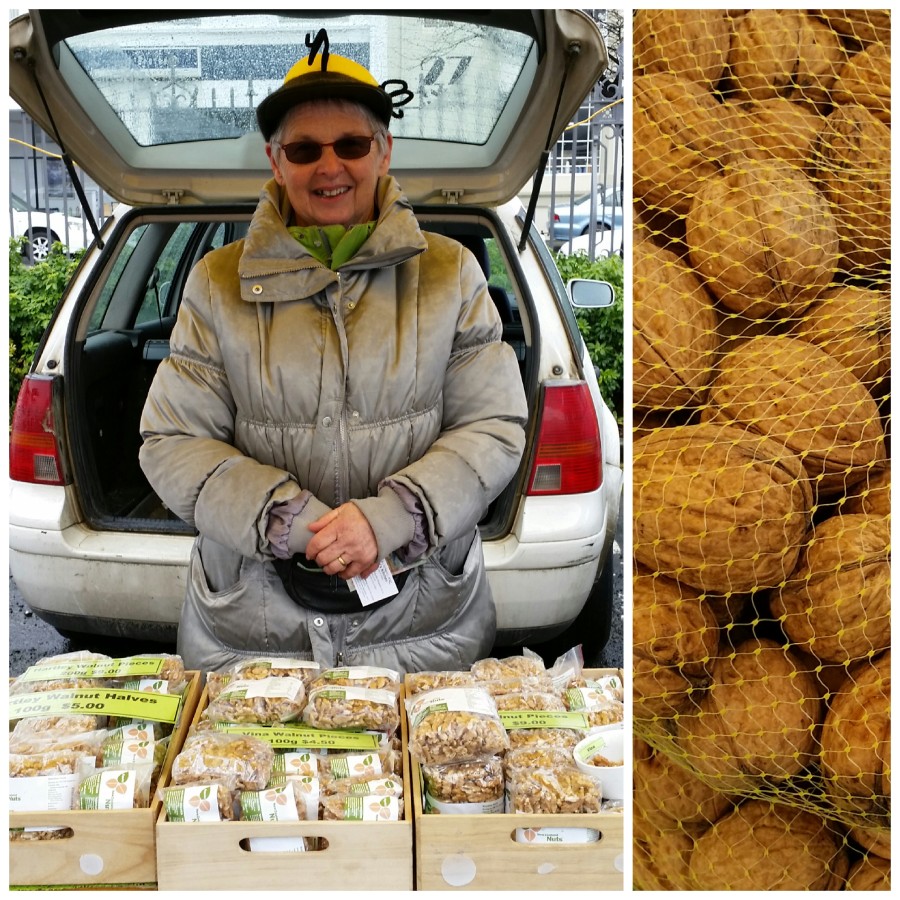
Valda is a seasonal visitor to the market and I was so pleased she braved the cold so I could chat to her about their walnuts. One of my favourites is the variety called Vina.
With my hand luggage allowance I couldn’t take the beer or the beef back to Auckland but I did take a pack of Vina walnut pieces to enjoy in salads over spring. It’s best to keep shelled walnuts in the fridge if not using all at once.
You don’t need to miss out on these walnuts if you live in Auckland as Valda said she will be having a stall at La Cigale French Market in Parnell. She promised to let me know when so I can alert you on Jeannieskitchen Facebook page.
The Brussels sprout season will soon be coming to an end, or may be hard to come by where you live, but kale seems to be everywhere. I experimented a little by using this marinade with thinly sliced Cavolo Nero kale (thick stems removed) and roasting it in the oven.
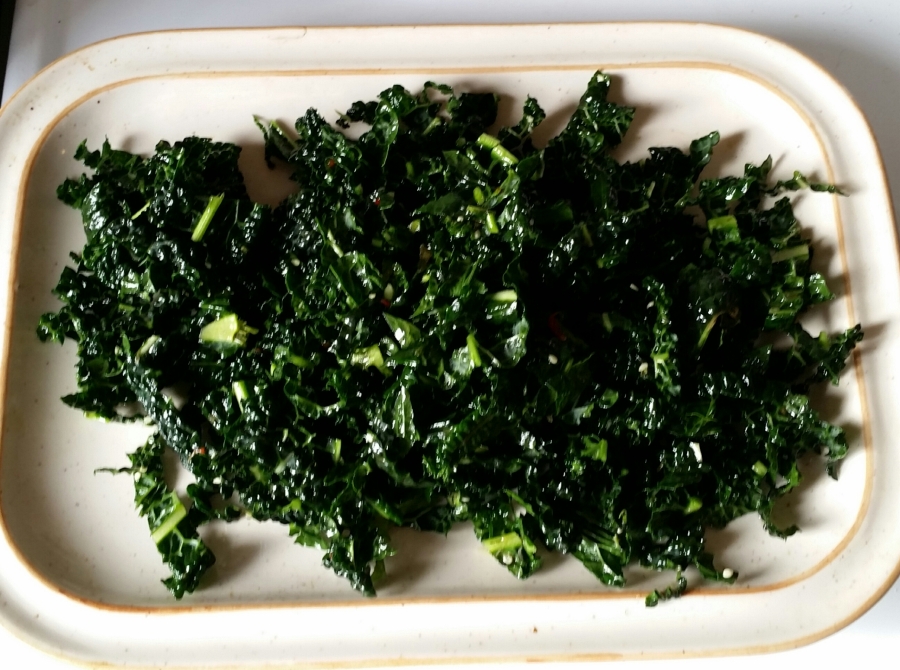
I ended up with kale chips only with more flavour. It looked better before cooking than after but I enjoyed the crispy chips on top and the slightly more chewy bits underneath. I also sprinkled in a little seaweed seasoning and this taste of the sea would be great with fish.
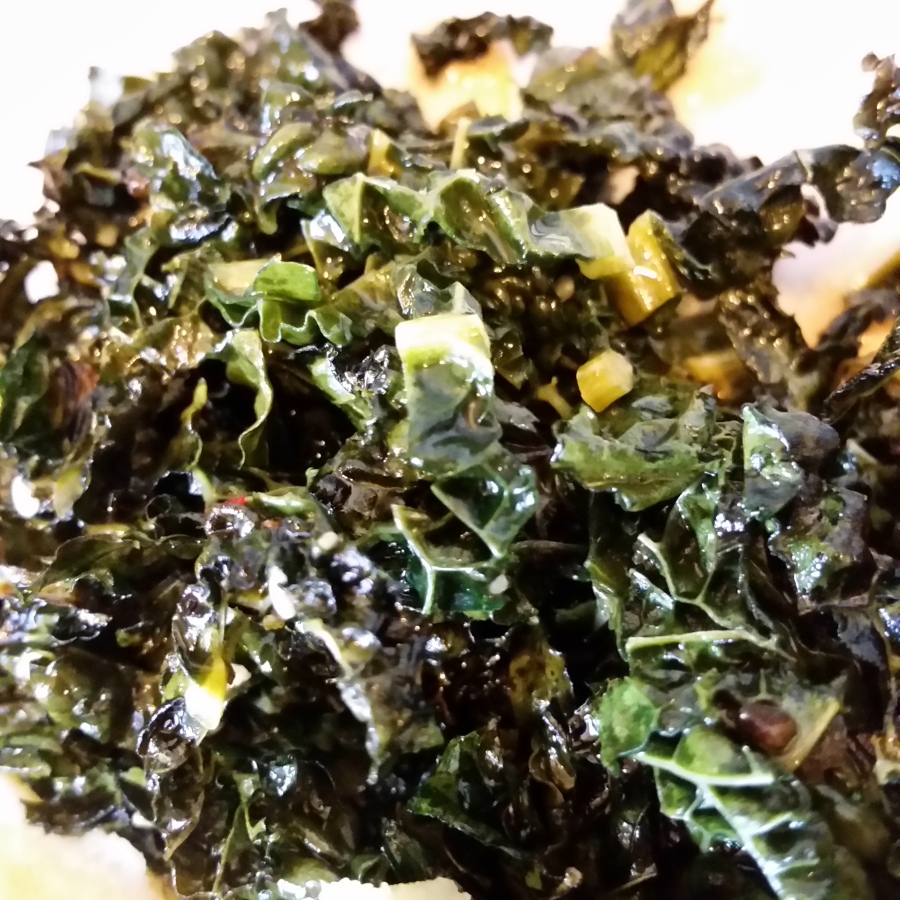
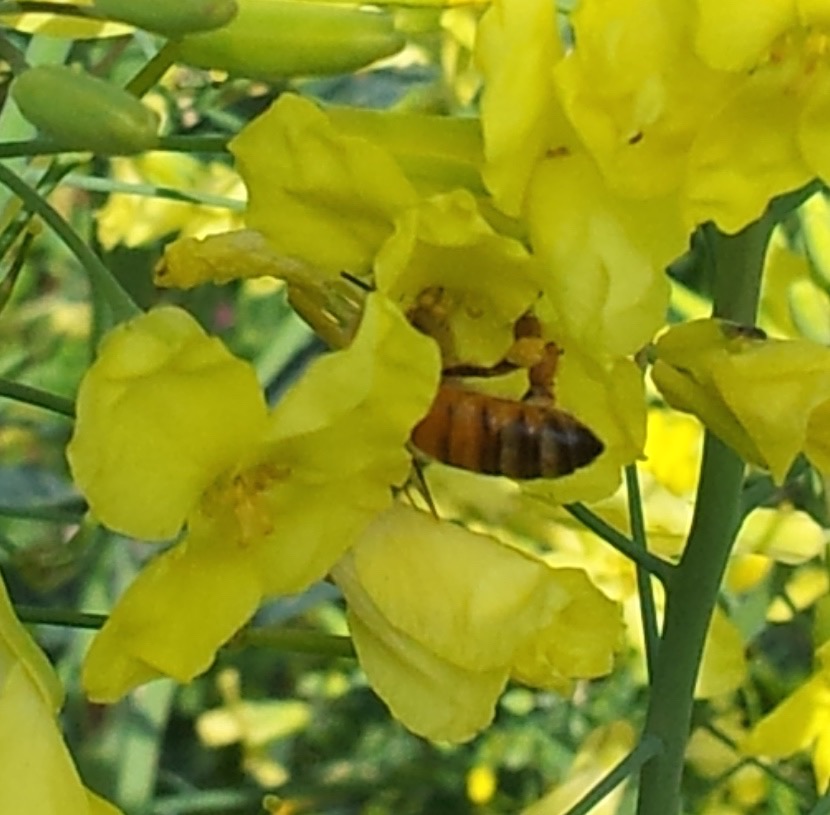
In early spring it’s delightful seeing the flowers start to bloom, but there is still not the number and variety that occurs in summer for the bees. Spring is also the time when we want to start working the garden – getting rid of those winter brassicas that are starting to flower. Think about the bees before you clear fell. Bumble and honey bees♥love brassica flowers. That cabbage, Brussels sprout, rocket, brocoli, kale or mizuna can continue to provide food for the bees after we have finished harvesting them. I see plenty of evidence of brassica pollen collection by bees at our community garden. In a warm spring day the place is literally buzzing.

I was so busy talking with the brewers, the beef farmer and the walnut grower that I missed out on photographing Brussels sprouts…they had all gone. We decided the bees were right to hide away from the last hurrah of winter in Dunedin – it was time for us to go and warm up by the fire.

